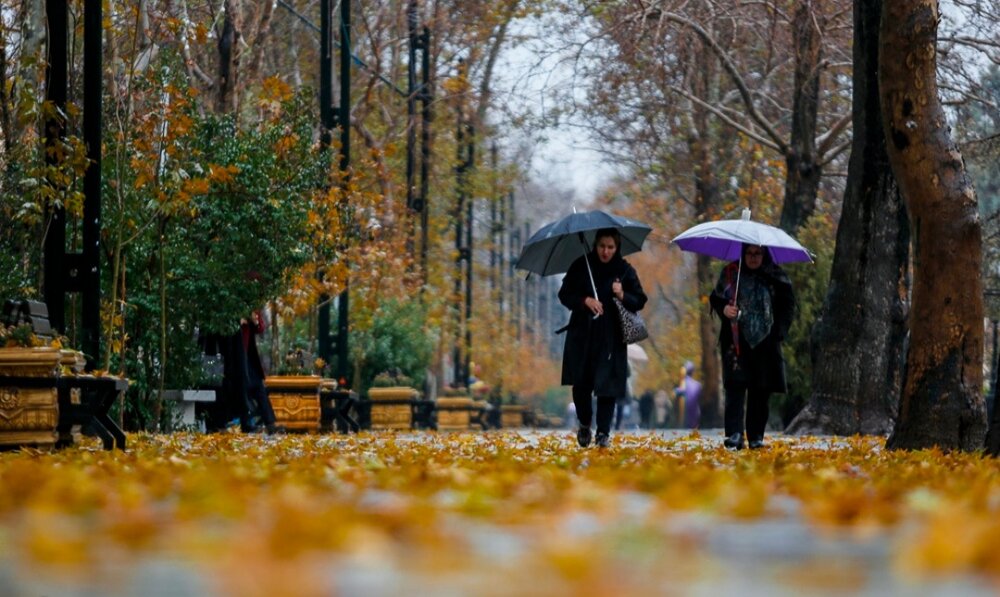Autumn expected to be warmer than normal

TEHRAN – Iran is expected to experience a "warmer than normal" autumn this year, as the temperature will rise by 0.5 to 1 degree, Sadeq Ziaeian, director of the national center for drought and crisis management, affiliated to the Meteorological Organization has said.
Due to climate change in Iran, the frequency and severity of extreme phenomena such as heatwaves, floods, and heavy rainfall is increasing, he stated.
The maps show that this fall (September 23), rainfall will decline by 30 percent compared to the long-term average, he said, adding, we expect the autumn rains to start later this year and the season is expected to be half a degree to one degree warmer than normal.
It is worth mentioning that torrential rains are not predictable in the seasonal and monthly forecasts, but only a few days before the occurrence, he emphasized, IRNA reported on Friday.
The latest report of the national center for drought and crisis management indicates that 129.9 mm of rainfall occurred from the beginning of the current water year (September 23, 2020) until June 28, compared to 224.3 mm of rainfall, in the long run, showing a 42.1 percent decline.
This decrease in rainfall has had a negative effect on the dam reservoirs and has caused a reduction of more than 49 percent in the water intake of dams, which has led to serious challenges in water supply, he lamented.
From June 22 to July 29, only one-tenth of a millimeter of rain poured over the country, which shows a decrease of 86.7 percent compared to the long-term average of 0.9 millimeters.
More drought predicted over next 5 years
According to the World Meteorological Organization's multiannual forecast, in the next five years, Iran’s average rainfall will decline by 75 percent, and the temperature rises by 50-75 percent compared to the long-term average.
Accordingly, the adoption of national policies to adapt to low rainfall and reduce the consequences of drought is inevitable, and the Seventh Development Plan should be prepared on the basis of drought and climate change, Vazifeh said in May.
A large part of the country has been hit by severe drought during the past 12 months. Forecasts indicate that we will not have significant rainfall in the remaining months of the current water year, so that, we face severe to very severe drought in most parts of the country, he stated.
What would be the consequences?
Climate change is a fact that cannot be run over, whether the temperature raises over 2 or 6°C, natural incidents such as flooding, droughts, and severe storms are among the main consequences of climate change.
Moreover, water and food shortages, water-borne illnesses, cold or heat-related deaths will come up as the results of temperature variations; in tropical areas also the risk of floods will raise.
Heavy rain and other extreme weather events will become more frequent, which can lead to floods along with decreasing water quality, but also decreasing availability of water resources in some regions.
Climate change will also bring extreme wet and dry seasons, which mainly causes rainfall fluctuations and water scarcity. While there have been prolonged droughts nationwide in past recent years leaving people scrambling for water.
So, nations must take steps to reduce greenhouse gas emissions in the future, preventing the emissions peak, otherwise, they might not be able to breathe on the planet in the future, or migrate to other places if found.
The study may also come efficient when it comes to making the people aware of climate change impact in their own city, within their lifetime, to avoid experiencing an entirely new climate that is beyond human experience.
FB/MG
